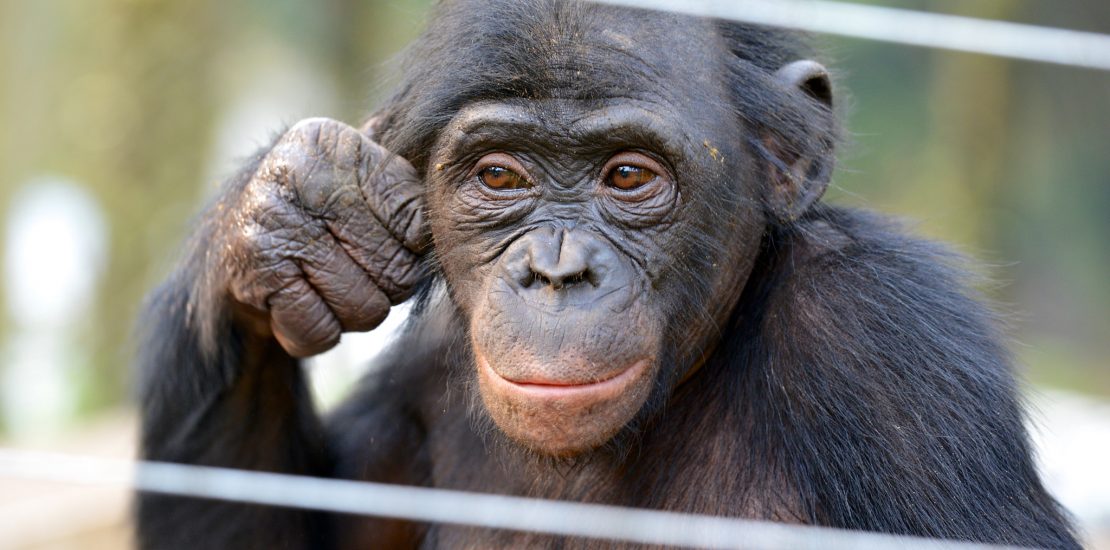- September 8, 2017
- Posted by: Administrator2
- Categories: Blog, Congo news, Current News, Daily lfe, Holiday, Special Offers, Wildlife News

Lola ya Bonobo in DR. Congo; the world’s exclusive Bonobo sanctuary
Situated in the Democratic Republic of Congo, Lola ya Bonobo is the only refuge for orphaned Bonobos in the world. The Bonobo is a great ape that was formerly referred to as the pygmy monkey. The International Union for Conservation of Nature classifies it as an endangered species with about 30,000 to 50,000 members left globally. 119 live in zoos across Europe while all the rest are found in Congo basin of the Democratic Republic of Congo.
Bonobos share 98.7% of their DNA with humans and are subspecies of the chimpanzees. Scientifically they are called the Pan paniscus and can be encountered with an exclusive Congo safari. Efforts have been embarked on to promote breeding and protection of Bonobos in Congo. The Lola ya Bonobo is as a result of such ventures. The name means a “Paradise for bonobos” in the local Lingala dialect and lies on a 30 hectares’ piece of land south of Kimwenza suburb at the Petites Chutes de la Lukaya in Kinshasa.
The major threat to the bonobo population is the habitat destruction, human encroachment and poaching. However, today strict legislation doesn’t allow anyone to own, kill or sell bonobos and their meat. Lola ya Bonobo offers a home for orphaned bonobos and those found on the black market. The sanctuary not only rescues, rehabilitates but also releases Bonobos back to their natural habitat. Bonobos that arrive at the shelter are treated to utmost care with good nutrition, medical attention and psychological care.
Lola ya Bonobo is one of the top rated tourist sites that one can undertake while on a Congo tour in the western region. An estimated 30,000 tourists visit the shelter annually. With over 60 bonobos living on the forest, it has the largest captive bonobo population globally. The centre can easily be accessed from the capital Kinshasa being 8km off the Matadi road making it a ninety minutes’ journey.
The forest that is well placed in the Congo basin brings to life a similar environment as that in the wild. These great apes are omnivorous and forage the trees for fruits and other edible plants. It hence feels just like home but pretty much safer. The sanctuary is supported by the Friends of Bonobos charity trust based in the United States of America.
The Democratic Republic of Congo is unrivaled in bio- diversity especially in terms of apes and other wildlife species. It is one of the three countries in the world where mountain gorilla trekking can be done as well as Eastern lowland gorilla trekking. The Kahuzi-Biega National park is the last known refuge for the lowland gorillas in the wild. The bonobo experience adds a cherry on top of the cake for any looking to enjoy a Congo safari holiday.
Leave a Reply
You must be logged in to post a comment.
